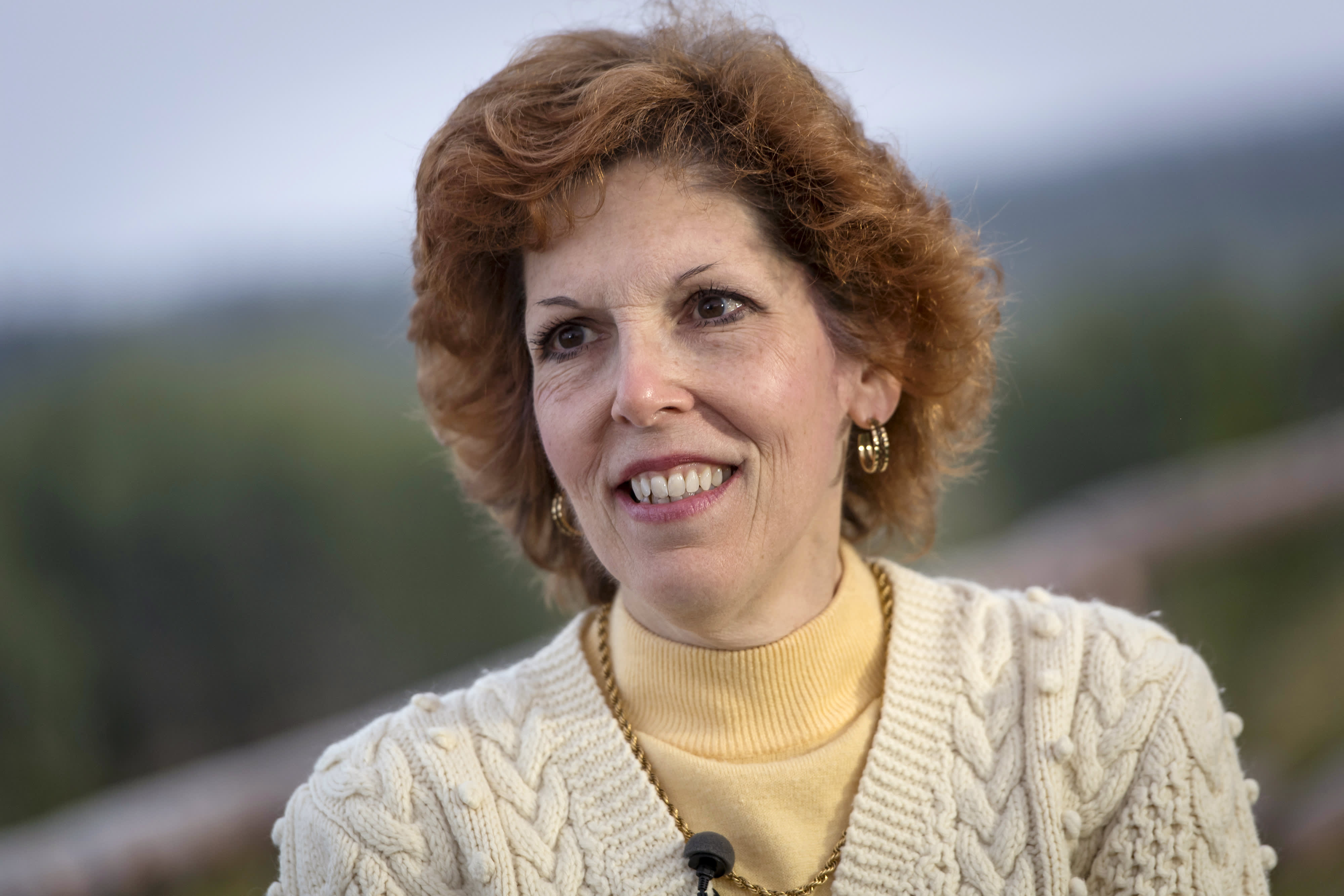War in Ukraine only heightens the need for higher interest rates to get inflation under control, Cleveland Fed President Loretta Mester said Thursday.
The Russian invasion has pushed commodity prices higher, particularly for grains and energy, coming at a time when U.S. consumer prices are rising at the fastest annual rate in about 40 years.
Mester told CNBC that the conflict, while posing broader downside risks to the economic growth picture, is making inflation worse and necessitating monetary-policy tightening from the central bank.
“The situation in Ukraine adds uncertainty to the economic outlook,” she told CNBC’s Steve Liesman during a live “Squawk on the Street” interview. “The uncertainty about the outlook doesn’t change the need to get inflation under control in the U.S. In fact, it actually adds upside risk that high inflation might continue, and that makes it more important to take action.”
That action is likely to include a quarter-percentage-point increase in the Fed’s benchmark short-term borrowing rate at the Federal Open Market Committee meeting in less than two weeks.
While Mester has been a backer of aggressive Fed tightening, she did not endorse making that first move even stronger, such as a 50-basis-point, or half-percentage-point, increase. She said that decision can be made later in the year after seeing how the initial rate hikes affect inflation.
“We’ll have more information in the second half of the year about the effect of the situation in Ukraine for the medium-run outlook in the U.S. It certainly poses some downside risks for growth,” she said. “Those assessments might be a consideration in determining the appropriate pace at which to remove accommodation later in the year, but it certainly doesn’t change the need for taking action.”
Inflation as measured by the Fed’s preferred personal consumption expenditures gauge rose 5.2% in January, well ahead of the central bank’s 2% target and at the fastest pace since 1983. Other measures show inflation at an even higher level — the PCE index including volatile food and energy prices, for instance, rose 6.1% and the consumer price index was up 7.5%, both the highest since 1982.
Energy prices have jumped, with West Texas Intermediate crude up about 20% since Feb. 25. Grains also have risen sharply, as wheat prices are up about 25% over the same period.
“We have to take action,” Mester said. “We can’t just say, oh, inflation is going to come down on its own. We’ve seen that isn’t going to happen.”
Mester spoke as Fed Chair Jerome Powell testified to Congress this week that he expects inflation to come back down as supply chain pressures abate and other pandemic-related stresses ease. Markets expect the Fed to enact the equivalent of six 25-basis-point increases this year.
